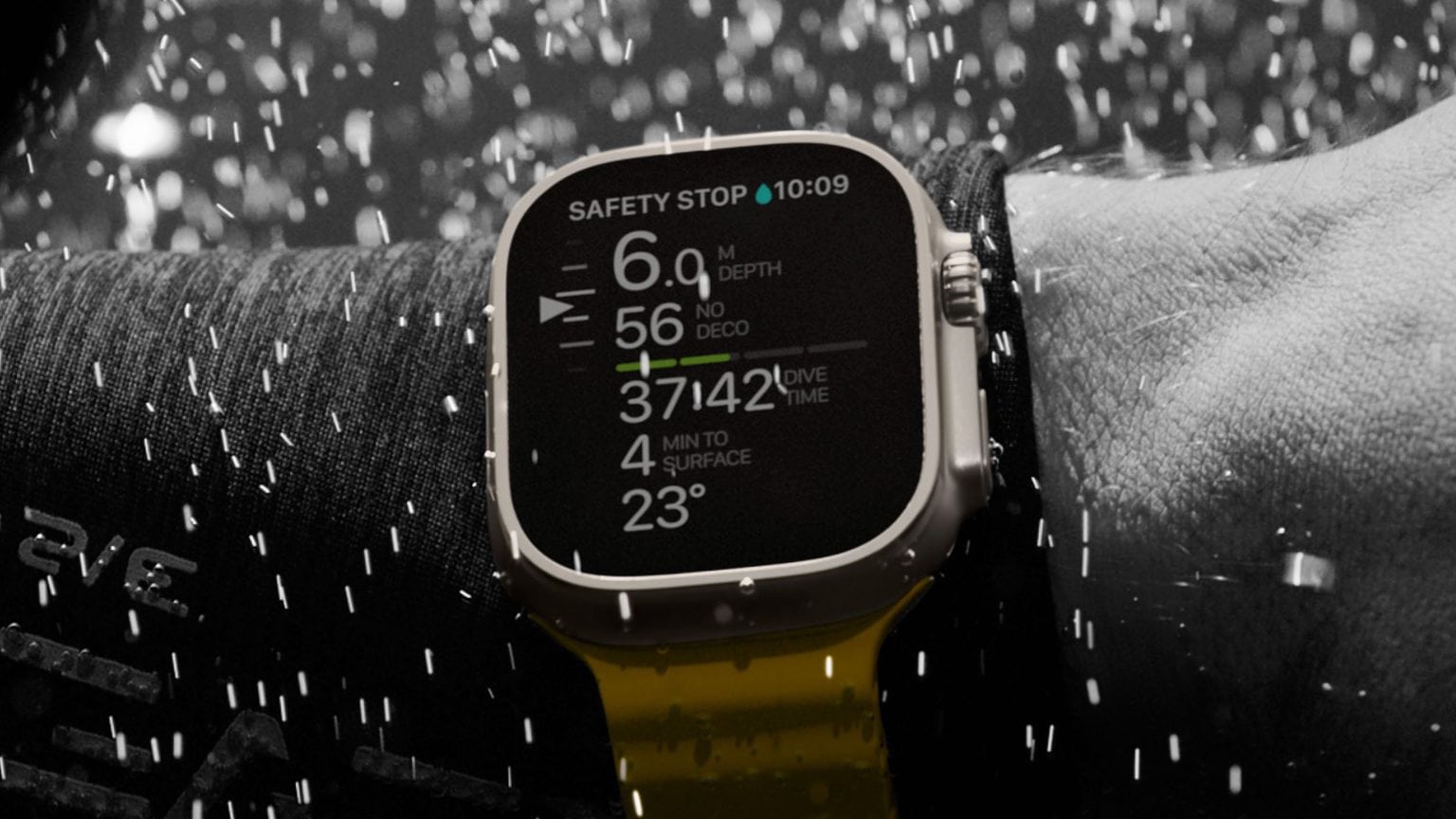Apple reportedly looks to manufacture microLED displays on its own for future iPhones. The move will help the company reduce its reliance on Samsung Display.
Cupertino currently sources the majority of OLED panels for its devices from Samsung. LG Display is Apple’s other key OLED supplier.
Apple wants to reduce its reliance on Samsung for display panels
Apple has never manufactured a critical iPhone component on its own. Instead, the company provides the specifications and outsources production to display-makers. But this has led Apple to rely heavily on Samsung Display for a crucial component.
To achieve this goal, Apple spent more than $1 billion developing microLED panels over the last decade. And now, the company is apparently testing the display’s critical “mass transfer” manufacturing step itself.
This process will involve moving tens of thousands of tiny micro-LED chips onto substrates. Reportedly, Apple’s secret research-and-development facility in Taoyuan, located in the Longtan District of Taiwan, will carry out this step. In addition, the company fields R&D teams in Japan and the United States working on its next-gen display technology.
The company is working closely with ams-Osram for micro-LED components, LG Display for substrates, and Taiwan Semiconductor Manufacturing Company for 12-inch wafers.
For greater control over the display and the entire manufacturing process, Apple purportedly designed the microLED’s driver integrated circuits along with some of the production equipment.
One of the sources close to Apple told Nikkei Asia: “It doesn’t mean that Apple will always do the mass transfer on its own. But it shows how determined Apple is to allocate resources to have more control over [these] next-gen display technologies in its own hands.”
microLED Apple Watch could debut in 2025
Compared to OLED panels, microLED displays are thinner and consume less power. They can reach higher peak brightness and will not suffer from burn-in problems like OLED screens.
Apple reportedly wants to have its next-gen display technology ready by 2025. It intends to use the panel on the Apple Watch Ultra first before using it on the iPhone to justify the massive investment over the years.


